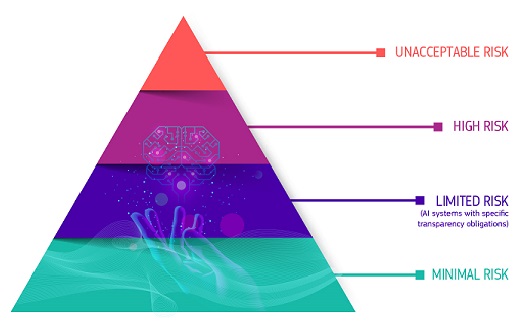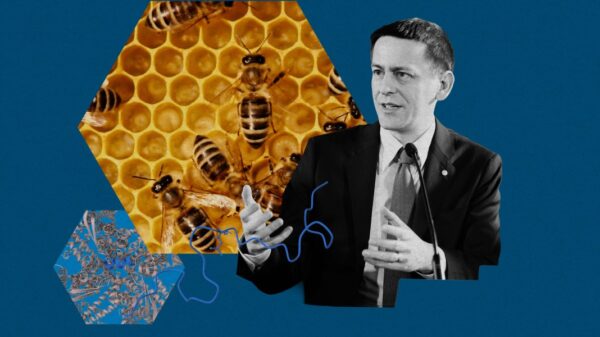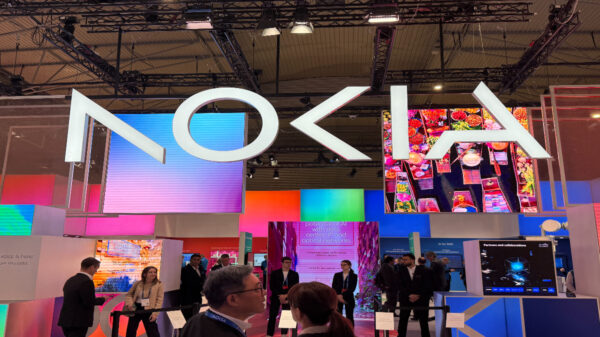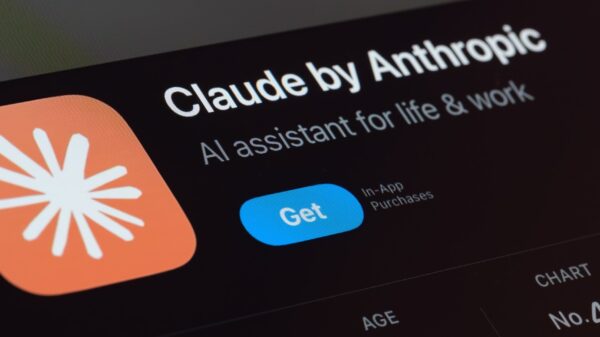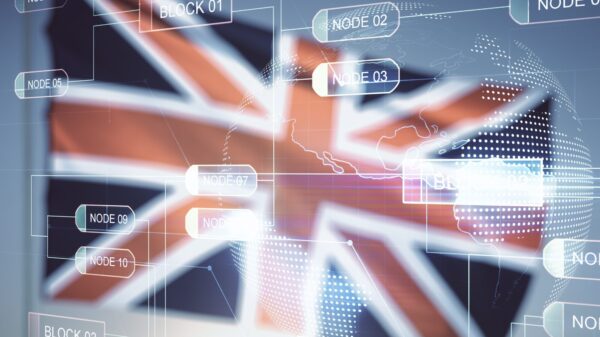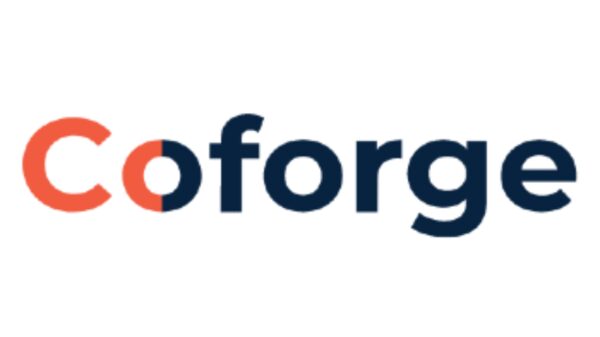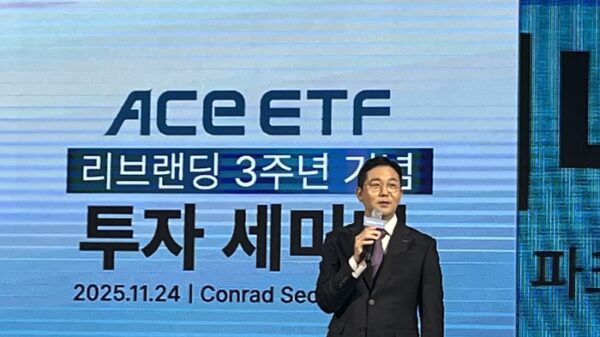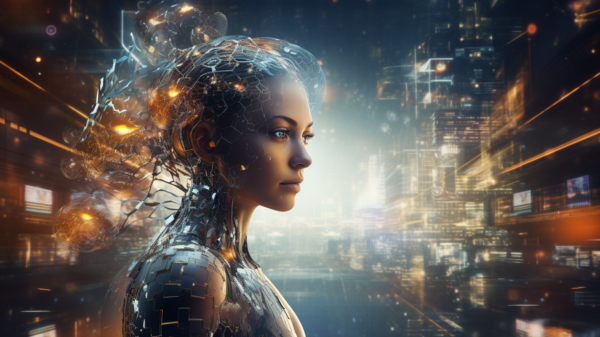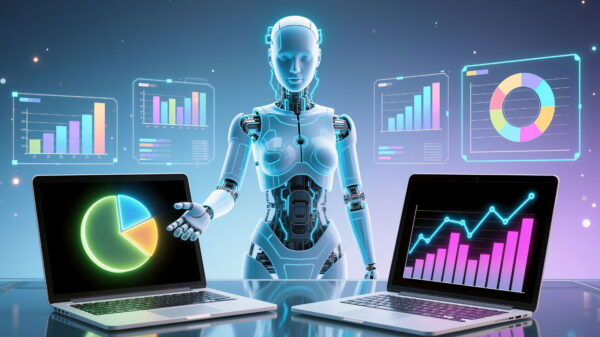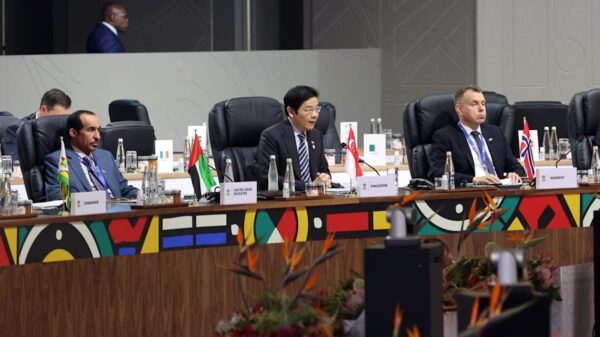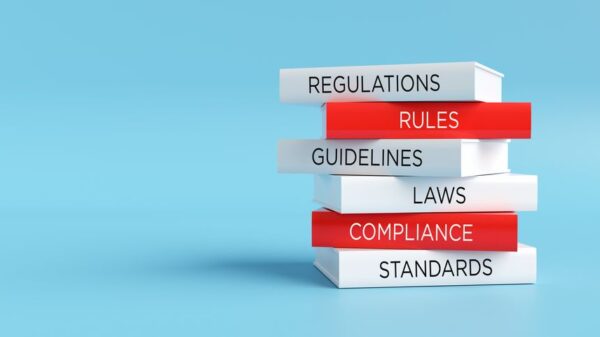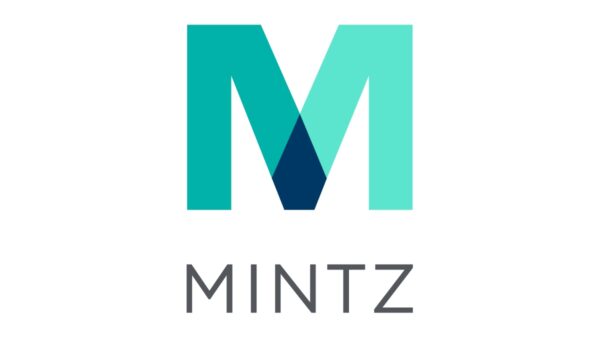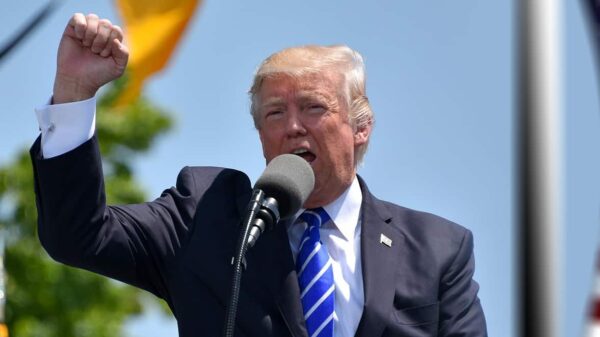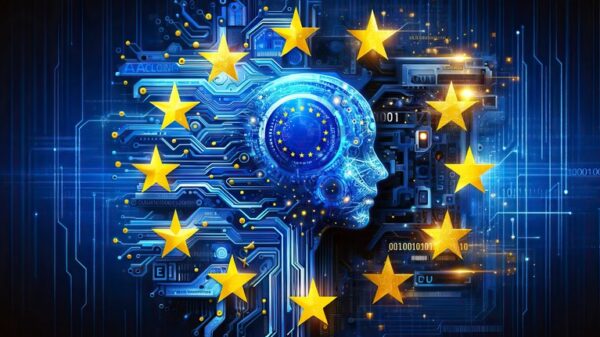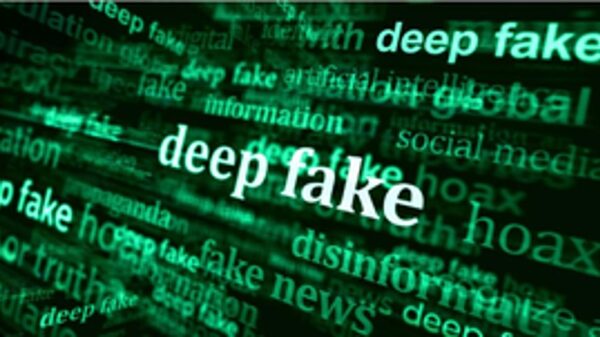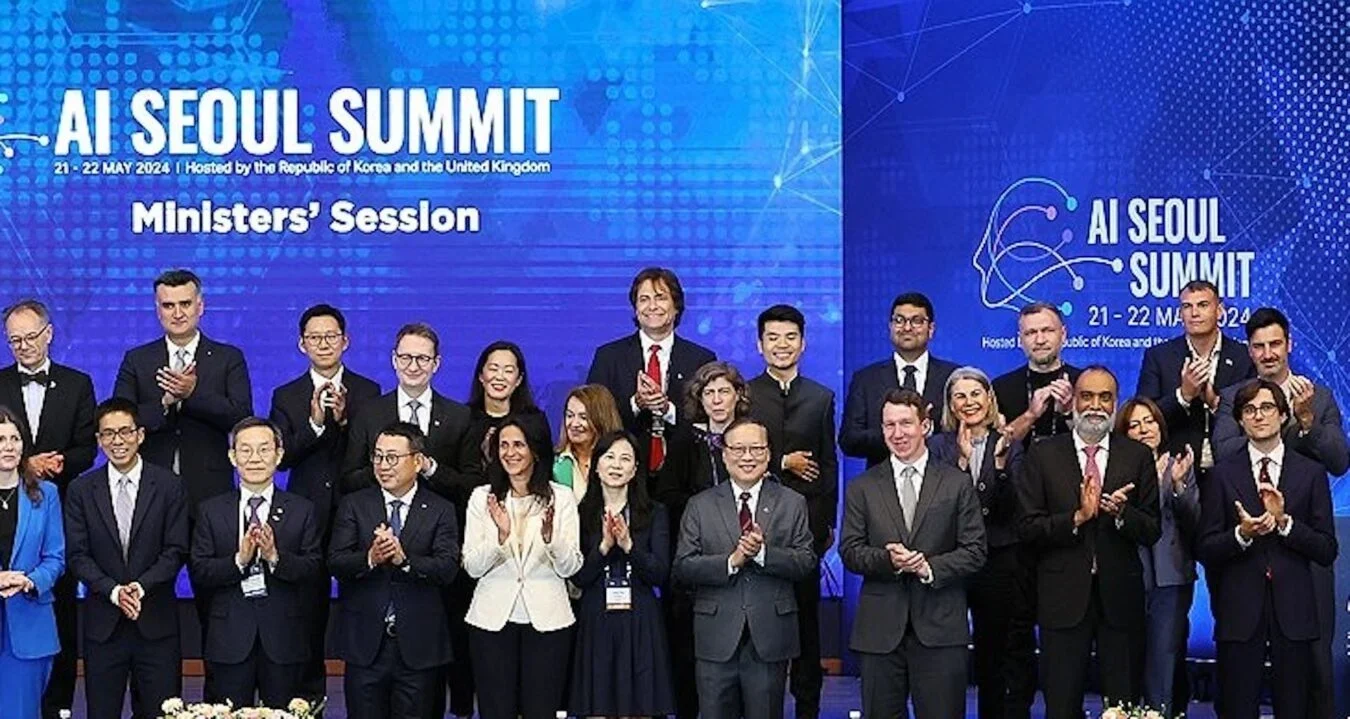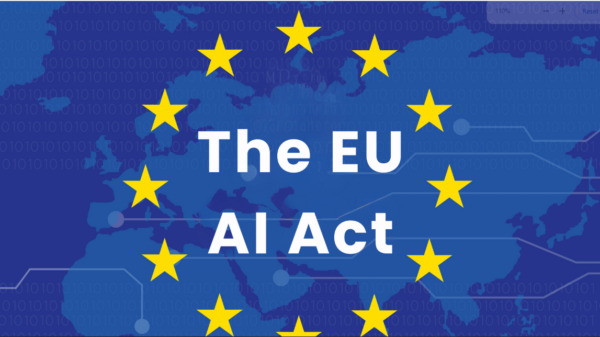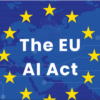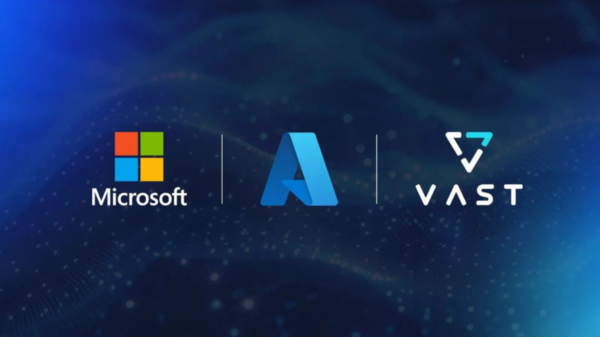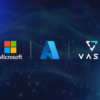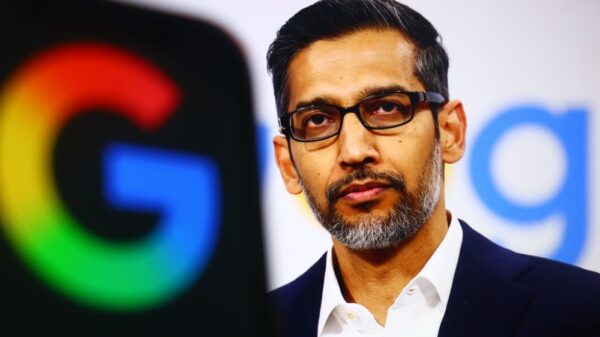In a significant move towards responsible innovation, several leading technology companies have finalized a landmark agreement focused on the safe development of artificial intelligence (AI). This pact, reached in early 2025, includes major players such as Google, Microsoft, and OpenAI, reflecting a collective effort to mitigate potential risks associated with advanced AI systems.
Core Principles of the New AI Safety Framework
The newly established framework outlines specific safety commitments that all signatories must adhere to. Among these commitments is a requirement for rigorous pre-deployment testing of new AI models. Additionally, the signatories will share safety research findings across the industry, fostering collaboration to build stronger defenses against potential AI misuse. According to Reuters, the agreement also includes provisions for third-party auditing of powerful AI systems to ensure independent verification of safety claims. Furthermore, companies are tasked with developing watermarking technologies for AI-generated content to help users identify synthetic media.
Addressing Public and Regulatory Concerns
This initiative is a direct response to the growing calls for AI regulation from lawmakers and experts who have voiced concerns over the rapid pace of AI development. The pact indicates that the industry is taking proactive measures to address these issues before stringent regulations are imposed. It covers both immediate and long-term AI risks, emphasizing the prevention of harmful content creation and addressing potential future risks from highly capable AI systems. This balanced approach has garnered initial praise from various policy groups.
Public trust in AI remains a significant challenge, and this coordinated effort aims to rebuild that trust, demonstrating a shared commitment to responsible innovation. The companies involved have pledged to maintain transparency regarding their progress in implementing these safety measures.
The Path Forward for AI Development
The agreement establishes a permanent oversight body tasked with monitoring its implementation. This group will convene quarterly to review adherence to the set standards and will update the framework as technology evolves, ensuring its relevance. Participating companies have already begun to implement the new protocols, with their next-generation AI models set to be the first to undergo enhanced safety checks. Although this process may extend development timelines by several weeks, executives agree that the safety benefits justify the delay.
The impact of this collaborative effort on the AI competitive landscape remains to be seen. While cooperation on safety protocols does not eliminate competition on product features, it lays a common foundation of security practices. This could ultimately accelerate safe AI adoption across various industries.
This AI safety breakthrough represents a pivotal moment for the technology sector. The collective action by leading firms sets a new precedent for responsible innovation and demonstrates that industry leaders can work together to tackle complex technological challenges.
Next Steps
Following the establishment of this agreement, the companies will form a permanent oversight body. They will also begin implementing the new safety protocols, with the first joint safety research projects anticipated to commence within months. As the AI landscape continues to evolve, the industry’s proactive approach in addressing safety concerns serves as a critical step toward fostering a more secure and trusted environment for AI deployment.
Info at your fingertips
Which companies signed the AI safety agreement? The primary signatories include Google, Microsoft, and OpenAI, along with several other major tech firms, encompassing most leading AI developers.
How will this agreement affect AI product releases? New AI models will undergo more rigorous safety testing before launch, potentially causing slight delays in product releases but ultimately ensuring greater security for users.
Does this pact have any legal enforcement power? The agreement is currently a voluntary industry commitment lacking legal enforcement. However, participants have pledged to maintain full transparency regarding their compliance.
What are the immediate next steps for this initiative? Companies will form a permanent oversight body and begin implementing the new safety protocols. The first joint safety research projects are expected to be initiated within months.
How does this relate to government AI regulation efforts? The pact aims to complement anticipated government regulations, illustrating that the industry is taking proactive steps to address safety concerns, a development welcomed by lawmakers.
 ChatGPT-5.1 Surpasses Grok 4.1 in Key AI Test, Dominating 7 of 9 Categories
ChatGPT-5.1 Surpasses Grok 4.1 in Key AI Test, Dominating 7 of 9 Categories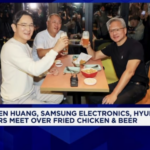 NVIDIA’s AI Chip Expansion Sparks Environmental Concerns in South Korea and Taiwan
NVIDIA’s AI Chip Expansion Sparks Environmental Concerns in South Korea and Taiwan Zenika Singapore Boosts Regional Growth with Key Leadership Hires in AI Engineering
Zenika Singapore Boosts Regional Growth with Key Leadership Hires in AI Engineering DeepMind Hires Ex-Boston Dynamics CTO to Accelerate AI Robotics Development
DeepMind Hires Ex-Boston Dynamics CTO to Accelerate AI Robotics Development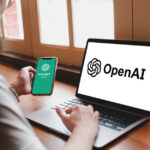 UNSW Launches OpenAI ChatGPT Edu Licenses to Enhance AI Literacy for Staff
UNSW Launches OpenAI ChatGPT Edu Licenses to Enhance AI Literacy for Staff

